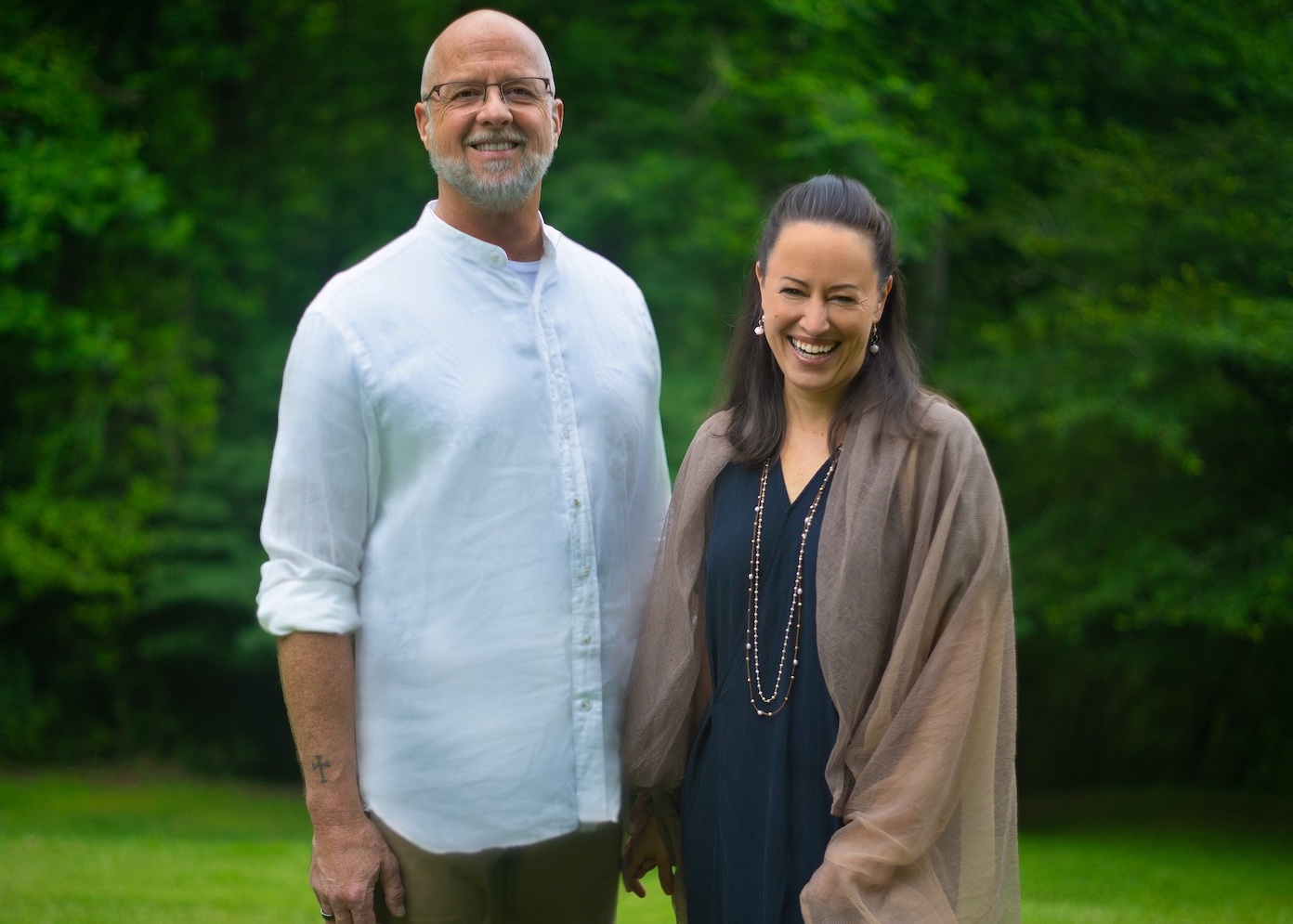A Time to Heal

The events of the past five years have left an impression on the geography and flow of our community. They have also left an imprint on your personal life. This can show up as an undercurrent of anxiety, heightened sensitivity to criticism, and intolerance for the slightest inconvenience. Even right now, there may be unnecessary tension in your stomach or shoulders. All of this could be carryover from recent history. Ideally, your survival physiology would gear up in response to threatening circumstances and geared down once you’re in the clear. Unfortunately, that’s not how it works.
When you sense a threat, your brain sends a signal to go on high alert. But, this isn’t a simple stimuli-response because when your brain responds to a current situation, it’s also remembering similar threats, recorded and stored from the very beginning – maybe through generations. For instance, perhaps something upsetting or painful occurred when you were a kid. Your kid brain fired off a message to hunker down and tighten up. Then, the next time you felt threatened, you did the same. Reinforced by repetition, the hunker down, tighten up pathway gets hardwired in your circuitry. Knowing this, it’s easy to see that slowing down and relaxing might be more involved than chilling out in your favorite armchair.
Fight-flight-freeze facilitates survival when you really need it. But, it’s counterproductive if your physiology gets worked up to confront the wolf (mudslide or pandemic) at the door and doesn’t let go. When this happens, cognitive bodywork, emotional catharsis, and yoga can help. But, to change the pattern, you’ll need to go to the source: the brain.
“Things that fire together, wire together.” – Neuropsychologist Donald Hebb
In recent years, combining science and technology we’ve been able to map the brain, identify what’s overworking, and design specific computer programs to reorient the “wired together” pathways. This is called neurofeedback. Following the principle of neural plasticity, neurofeedback uses visual imagery and playing games to reorganize the structure, function, and connections in the brain. This isn’t something your cognitive mind does, it’s something your brain does all on its own. I recently sat with Marty Wuttke, one of the pioneers of this map-to-program therapy, to ask how this works.
Q: Marty, you were here helping us recover after the fires and mudslides. What are some of the ways we might be experiencing residual stress in our body today as we emerge from the pandemic?
A: Right now, many people are having trouble getting a good night’s sleep because they’re ruminating on what’s going on or just the stress of it all. People are also reporting gastrointestinal problems, headaches, anxiety, depression, and fear. We could say these are part of life, but they’ve become more chronic. Unfortunately, once stress and trauma become embedded in the nervous system, it just doesn’t go away.
Why is that?
Well, it’s tied to a built-in protection response designed to help us adapt to emergencies. But, as stress continues, our adaptation becomes maladaptive and starts to break the system down. Ultimately, we become even more hypervigilant, arousing our alert mechanisms in response to even minor disruptions. This only compounds the situation and makes it worse. A lot of what we do with neurofeedback is to help the body turn off the over-vigilant fight-flight-freeze response.
I can relate to what you’re describing. It feels as if I’ve been on high alert for so long that it’s hard to relax and hard to focus.
We have to remember that ongoing stress wears the body down – especially the adrenals. In addition, every problem that was dormant tends to come to the surface. When this happens, it’s not unusual to feel what we call cognitive decline. The good news is, once we start getting the nervous system to regenerate, all those problems begin to go away.
Tell us more about how this works.
We begin by mapping the brain using non-invasive, quantitative EEG with sophisticate software. Once areas of imbalance are identified, we evaluate what’s going on and design a specific training program to help the brain lower its arousal mechanisms. After several retraining sessions, the brain starts to normalize. That’s when you’ll begin to see some relief.
I know I’ve benefitted from this excellent work and so appreciate your commitment to the well-being of our community. In conclusion, I wonder if you might share a bit of your personal mission.
I want to help people be aware of their internal resources, through neurofeedback and meditation… to find a degree of peace and quiet and, dare I say, spirituality. Because that’s what’s ultimately going to come in once everything else quiets down. Hopefully, when each person finds peace, it will generate out to the macrocosm and bring peace to the world. This has always been my mission and, as time goes on, it becomes more crucial.
Marty Wuttke is an internationally recognized pioneer in the field of neurotherapy with 40+ years experience, a published author, and renowned representative of Kriya Yoga meditation. Dr. Stella Wuttke has a PhD in Psychology and is a post-doctoral neuroscientist specializing in Neurofeedback and Sound-Vibration Therapy.
The Wuttkes’ Infinite Potential Institute offers an integrative and personalized approach using state-of-the-art healing technologies. They also offer a Tuesday Night Meditation for the public with instruction for newcomers. Located at 212 Cottage Grove Avenue, downtown Santa Barbara. For information and inquiries (805) 568-4192 or visit WuttkeIPI.com.
Ann Todhunter Brode writes about living consciously in the body. She is the author of the book, A Guide to Body Wisdom. Visit bodywisdomforlife.com for more information.





